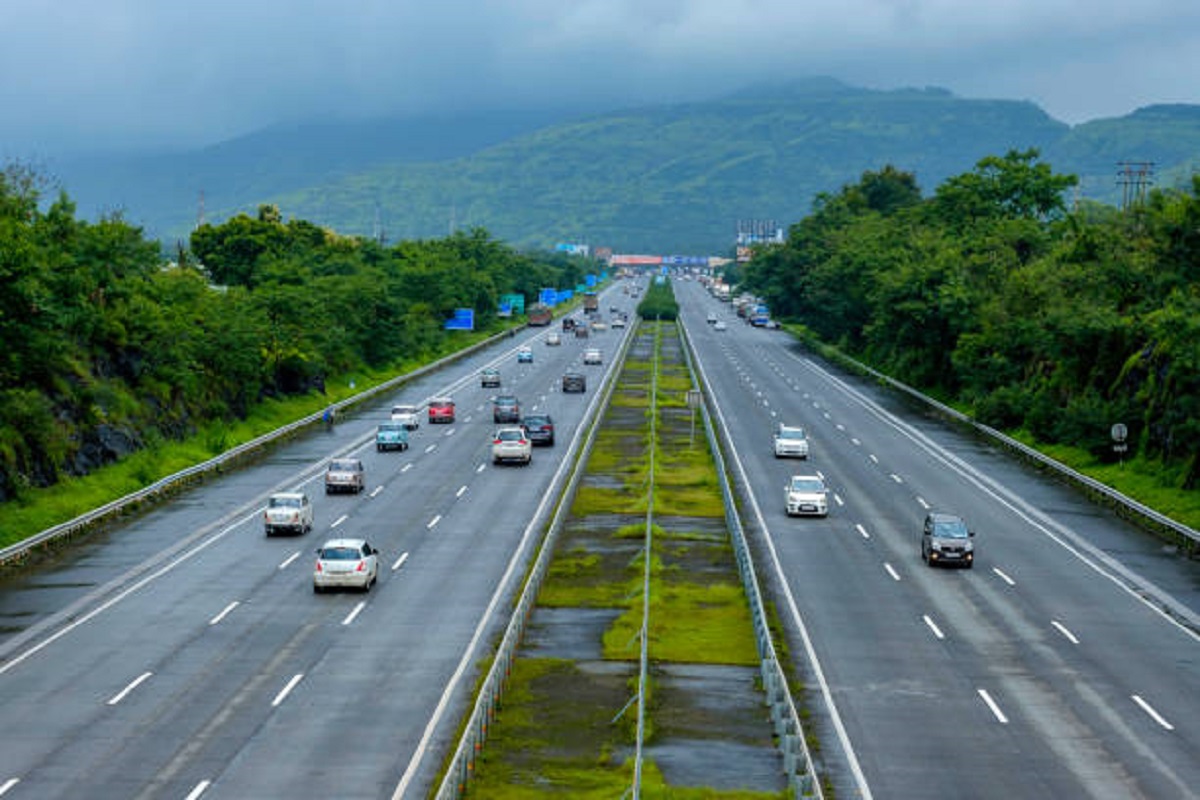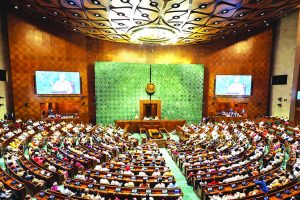An under-reported but positive facet of the dispensation in New Delhi has been its outreach to the long-neglected North-eastern part of the country. Earlier this week, the region got its first flying training academy at Lilabari airport in Assam’s Lakhimpur district, established in line with the Centre’s plans to develop nine new pilot training academies in addition to the existing 34 in the country. But this is just the latest connectivity project; of arguably even more significance has been the sustained effort over the past few years to ensure the land-locked region has access to the mainland and vice-versa.
A number of road infrastructure and connectivity projects have been initiated ~ and are in the main near completion or completed in surprisingly good time ~ by the Centre in an attempt to overcome what a commentator recently termed “the development deficit that the North East was destined for… which itself was a false notion perpetuated by successive (prior) Union governments”, premised on the argument that the region is land-locked.
Advertisement
But while the recently inaugurated flying academy and better roads have been welcomed, experts say the connectivity game-changer for the Northeast will be the development of its waterways for the movement of goods and people. “The entire region is blessed with many rivers that flow to Bangladesh and then into the Bay of Bengal. The Prime Minister has pushed for converting these rivers into waterways both within the North-east and also between the region and the rest of the country through Bangladesh,” former Assam chief minister and Union minister for Ports, Shipping, and Waterways Sarbananda Sonowal was quoted as having said at Dibrugarh where he was attending a multi-nation Waterways Conclave earlier this week.
A master plan for the optimum utilisation of waterways and foreign expertise to bring it to fruition are apparently on the cards. The Centre has, meanwhile, designated a long stretch of the Brahmaputra from Sadiya in Upper Assam to Dhubri (where the river leaves India and flows into Bangladesh) as National Waterway 2, and New Delhi and Dhaka have inked a deal under which the latter will allow vessels to transit through four river routes within Bangladesh.
Cargo vessels have already started sailing down the Ganga from Prayagraj (Uttar Pradesh) to Haldia (West Bengal) on National Waterway 1, and then on to the rivers of Bangladesh from where they enter Assam, the gateway to the region. The idea is to get another riverine nation, Myanmar, as well as land-locked Bhutan, to team up with India and Bangladesh to develop a waterways network that would serve the region and unlock the development potential of the North-east. If this does indeed happen, it could well turn out to be the crown jewel of the Union government’s Gati Shakti Masterplan. Godspeed.











